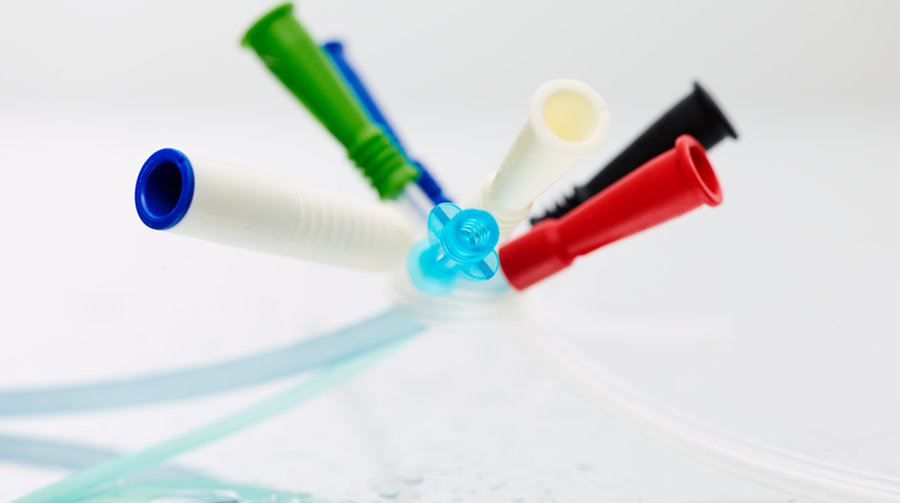Intermittent catheterization is a therapy that comes with many barriers. Barriers sometimes prevent practicing intermittent catheterization accurately and as a result the positive outcomes are lost.

The key to obtaining good clinical outcomes of a therapy is ‘patient adherence’. This is recognized in the research fields today and a lot of effort is put into finding out what patients prefer and how to optimize adherence.
For intermittent catheterization, one identified factor associated with ‘good adherence’ is a free choice of catheters, adapted to the user’s needs. Research has identified three main catheter features that are preferred by patients. A newly published study explores these three features and translate them into practical terms. Here is how:
1. Infection prevention
It is well known that intermittent catheterization is associated with urinary tract infection (UTI). It also presents a great burden for its users. This is probably why the number one patient-preferred catheter feature is UTI risk reduction.
There is proven clinical evidence showing the ability of certain catheter types to reduce UTI risk, but infection prevention can also be more subtle.
For example, hygienic measures such as an insertion grip have been deemed as important by patients to promote a no-touch/minimal contamination catheterization technique.
2. Easy insertion
Easy insertion is another important patient-preferred catheter feature that is easy to relate to, being the first step of the procedure. Smooth handling and smooth surface properties seem to be key, as well as interventions that promote an accurate technique.
One aspect of easy insertion may also be related to the amount of preparation needed and how quickly the catheter is ready to use. This leads right to the third key feature.
3. Convenience
Overall convenience of a catheter can increase the quality of life of a user practicing intermittent catheterization.
Convenience can mean minimal preparation, but discreteness is also important, such as a slim, pocket-sized catheter design that can be easily and safely folded and carried with you.
All in all, to ensure good adherence to intermittent catheterization, it is important to ensure that patients are given the choice of a convenient and easy-to-use catheter that minimizes any risk of infection. Good adherence is believed to reduce the risk of complications and to optimize the outcome of the therapy.
The publication below presents the results from a prospective observational study conducted between 2013 and 2015, involving intermittent urinary catheter users from 19 European clinics and hospitals.




